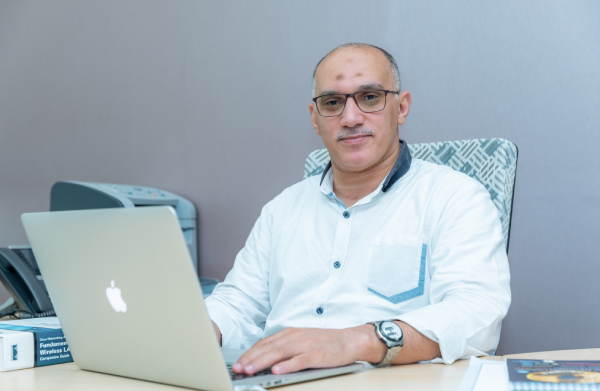UAEU Researcher Developed Machine Learning-based System
 In recent years, mobile devices have become commonly used not only for voice communications
but also to play a major role in our daily activities. Accordingly, the number of
mobile users and the number of mobile applications (apps) have increased exponentially.
With a wide user base exceeding 2 billion users, Android is the most popular operating
system worldwide, which makes it a frequent target for malicious actors. Adware is
a form of malware that downloads and displays unwanted advertisements, which are often
offensive and always unsolicited.
In recent years, mobile devices have become commonly used not only for voice communications
but also to play a major role in our daily activities. Accordingly, the number of
mobile users and the number of mobile applications (apps) have increased exponentially.
With a wide user base exceeding 2 billion users, Android is the most popular operating
system worldwide, which makes it a frequent target for malicious actors. Adware is
a form of malware that downloads and displays unwanted advertisements, which are often
offensive and always unsolicited.
UAEU researcher developed machine learning-based system (AdStop) that detects Android adware by examining the features in the flow of network traffic. The design goals of AdStop are high accuracy, high speed, and good generalizability beyond the training dataset. A feature reduction stage was implemented to increase the accuracy of Adware detection and reduce the time overhead.
The paper presents a machine learning-based system (AdStop) that detects Android adware by examining the features in the flow of network traffic. The design goals of AdStop are high accuracy, high speed, and good generalizability beyond the training dataset. A feature reduction stage was implemented to increase the accuracy of Adware detection and reduce the time overhead. The number of relevant features used in training was reduced from 79 to 13 to improve the efficiency and simplify the deployment of AdStop. In experiments, the tool had an accuracy of 98.02% with a false positive rate of 2% and a false negative rate of 1.9%. The time overhead was 5.54 s for training and 9.36 µs for a single instance in the testing phase. In tests, AdStop outperformed other methods described in the literature. It is an accurate and lightweight tool for detecting mobile adware.
This work has been conducted by Dr. Ali Ismail, Associate Professor, College of Information Technology in collaboration with Prof. Mohammed Alani, Seneca College, Toronto, Canada.
To read more about the research: https://doi.org/10.1016/j.cose.2022.102718
Do you find this content helpful?
عفوا
لايوجد محتوى عربي لهذه الصفحة
عفوا
يوجد مشكلة في الصفحة التي تحاول الوصول إليها

